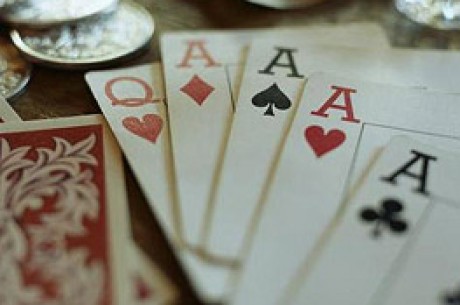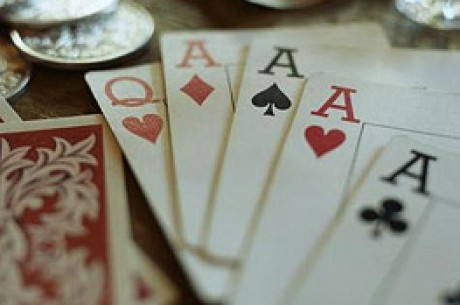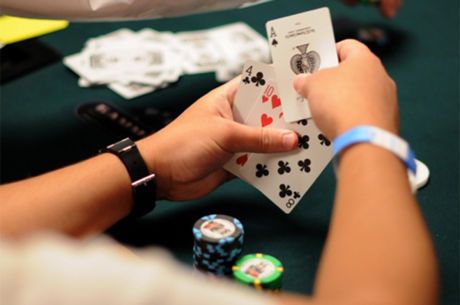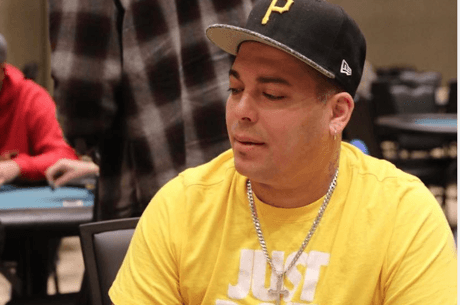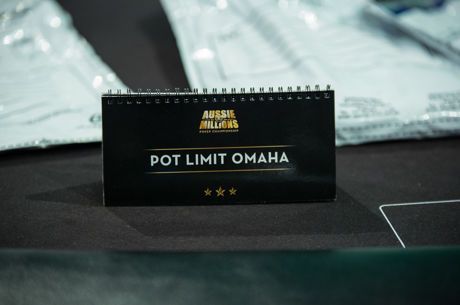Poker Strategy: Introduction to Omaha Part VIII - The Full House
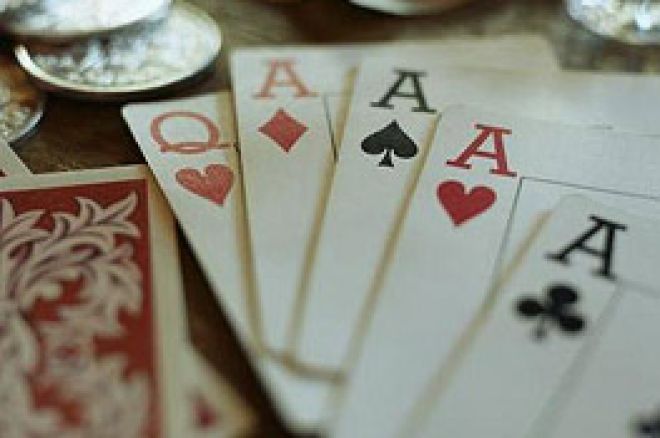
Tony is a regular on-line player living in England. He mostly plays Texas Hold'em and Omaha (High and Split) at fixed, pot and no limit, at both cash and tournament tables. Tony says: "I often play lower stakes games because there is money to be made without excessive risk to your bankroll. Many players I come up against at these levels are not schooled in poker strategy and the truth is they are giving away money, either through ignorance of strategy or misplaced aggression. If you have a limited bankroll, you should be conservative and choosy but the pickings are there. These articles are written to prevent you becoming one of the hunted."
Introduction
Last time, I talked about the thought processes required to make a successful play with a flush. This time I will consider another strong combination of cards that frequently sees players overvaluing their hands and over-betting their stacks. It also strikes fear into any player that has been merrily betting away with his nut straight or flush draw. I refer to The Full House.
In Texas Hold'em, the full house is a bit of a rarity, especially if it involves both of your hole cards. It is not quite so unusual when the community board shows a double pair since it only needs one of your hole cards to match one of those pairs to complete the full house. In Omaha, this is not possible because two hole cards are needed to make a poker hand. Fortunately for you, there are four hole cards in Omaha from which to choose! Consequently, the full house is a relatively frequent occurrence at a full table of Omaha.
How frequent is frequent?
This is a good question because if a full house were a very frequent event, there would seem to be little point pursuing a betting strategy to achieve a high straight or flush as such a hand would be regularly beaten. Fortunately, the laws of probability still apply which means that a flush is still more likely to appear than a full house, and a straight is more likely than a flush. The poker ladder remains intact and unchanged.
What this point reinforces is that Omaha is very much a game of five-card poker hands. Straights, flushes and full houses are the norm in Omaha at a full table.
Building A House
There are three ways in which an Omaha hand can make a full house. Two of them use a pair from the hole cards; the other is by using two different denominations from the hole cards. Here are examples of each:
Hole cards Community cards Made hand
Jc Jh Ts 8d 6c Jd 7h 6h 2d Jc Jh Jd 6c 6h
Qc Jc Ts 6h 6c Jh Jd 7h 2d Jc Jh Jd 6c 6h
6c 6h Ts 8d Jc Jh 7h Jd 2d Jc Jh Jd 6c 6h
Note that, in every case, there is at least a pair on the community cards visible to all the players. This is an important facet to note because (as in Texas Hold'em) there is no full house if there is no pair on the board.
The pair on the board is a key event in Omaha because it will affect everyone's approach to betting the rest of the hand. If the board pairs, it raises the red flag of warning to players betting with lesser hands than a full house that there is a fair chance of one being out there. Whilst it also improves the hand for the player making a full house, he still should take some care if the dominant part of the hand is lower than the subsidiary part (eg 666JJ).
How Safe is your House?
In the first of the above examples, the player making the full house (JJJ66) at the turn can only be beaten by someone holding the other two 6's, making quads. This is not likely and it is difficult to lay down cards on that assumption however strong the betting. If a Q, K or A had hit the river instead of the 2, you still could only lose to someone holding QQ, KK or AA in the hole (as well as the 66 for the quad). It is possible the early betting might identify if someone holds high pairs like this.
In the second example, although the player has made the very same full house (JJJ66), he is far more vulnerable. This is because he holds only one of the J's in his hole cards and does not have a monopoly on the JJJ part of the full house hand. Another player may hold, for example, J987. At the flop, he made JJJ with 9 kicker, against your full house. The turn or the river might bring up a 7, 8 or 9, all of which would give him a better full house than yours. Your only salvation would be a Q or T as the other community card.
In the third example, you are not at all safe. Your holding is 66 in the hole. You can be beaten by anyone holding 77, 88, 99, TT, QQ, KK, AA or the other single J! In all likelihood, the betting in this example would be paralysed for fear of one person holding the J. If there is a person holding the J, he will be reluctant to bet for fear of driving away his "customers".
In summary, if you have a full house with a pair in the hole which combines with a third card of the same denomination, you are in more control of your destiny. If your pair is the lower value card in the full house, you are in less control because there are potentially two other higher cards in other people's hands from which they might make a full house. Like all situations in Omaha, you can only really begin appreciate the relative strengths of full houses by playing and experiencing them.
Game, Set and Match
One of the great attractions of Omaha, but also one of its frustrations, is the ability of one card to catapult one player from last to first in the hand rankings on a regular basis. This often occurs with a paired card hitting the board. Suddenly, someone limping along with a 2-pair or a small set has jumped ahead of the queue over and above all the straights and flushes. A paired card on the river is the bane of many nut flushes and straights!
A weak hand that many players bet heavily with is the 2-pair on the flop. This is because it offers the tantalising prospect of a full house. What that person fails to take into account is the fact that there are only 4 cards from the remaining 45 that can complete that hand for him. The odds are not in his favour and it is rare for a 2-pair to win a hand at a full table unless the full house hits. Even if he hits the card, it is no guarantee of success because of the possibility of someone holding a higher kicker. Small sets and 2-pairs at the flop are risky propositions.
Conclusion
The full house is a major hand in Omaha. It appears frequently whenever the community cards show a pair and then more than one full house can be made from the same community cards. Consequently, a made full house is not always the nut hand. It is necessary to study the composition of your hand and whether the board cards could help someone to a better full house than yours.
Likewise, players who have strong draws to the nut straight or flush, or who have made them, will have to fear the full house if the board pairs. Attention to the pattern of betting is vital. You should not be afraid to lay down your nut flush!
Exorcism
24 May 2005
Ed Note: We think the best Omaha Games are at Doyles Room

